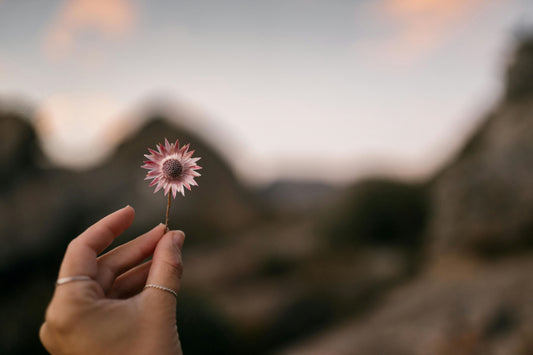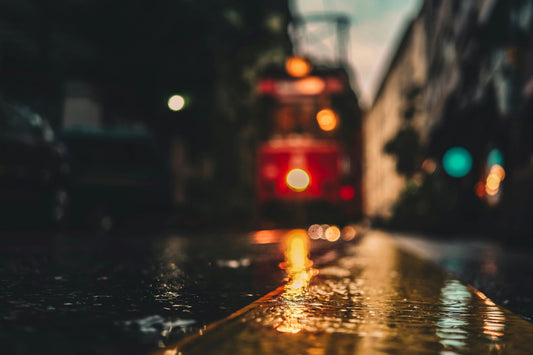
Part 5 Section 5 - Creatively Use Depth of Field
Welcome to the next part of our mini blog series, we're going to continue to teach you more about important aspects of photography composition which you'll want to understand before you begin your journey of becoming a well-seasoned photographer.
Depth of field is not merely a technical aspect of photography but a powerful creative tool that allows photographers to craft visually compelling images with depth, dimension, and impact. Here's an exploration of how photographers can creatively utilize depth of field to enhance their compositions:
Selective Focus
-
One of the most common and effective uses of depth of field is selective focus, where the photographer intentionally blurs parts of the image while keeping the main subject sharply focused.
-
By isolating the subject from its surroundings through shallow depth of field, photographers draw the viewer's attention directly to the focal point, creating a sense of intimacy and emphasizing the subject's importance within the frame.
-
Selective focus is widely used in portrait photography to separate the subject from distracting backgrounds, highlight facial expressions, and convey emotions with clarity and impact.
Bokeh
-
Bokeh refers to the aesthetic quality of the out-of-focus areas in an image, characterized by smooth, creamy blur and pleasing background highlights.
-
Photographers can manipulate bokeh by adjusting the aperture size, lens characteristics, and distance between the subject and background. Wide apertures (small f-stop numbers) produce softer, more pronounced bokeh, while narrower apertures result in smaller, less noticeable bokeh.
-
Utilizing bokeh creatively adds visual interest and depth to images, enhancing the overall mood and atmosphere of the photograph.
Environmental Portraits
-
Depth of field can be used to incorporate environmental elements into portraits while still maintaining focus on the subject.
-
By utilizing a moderate depth of field, photographers can capture both the subject and their surroundings in sharp detail, providing context and narrative within the frame.
-
Environmental portraits offer viewers insights into the subject's personality, interests, and lifestyle, as well as the broader context in which the photograph was taken.
Creative Blurring
-
Experimenting with intentional blur and defocus effects can yield artistic and visually striking results.
-
By deliberately introducing blur into certain areas of the image, photographers can convey movement, energy, and atmosphere, adding dynamism and intrigue to the composition.
-
Creative blurring techniques, such as panning blur or motion blur, can be used to convey a sense of speed, action, or emotion, transforming ordinary scenes into captivating visual narratives.
Visual Storytelling
-
Depth of field plays a crucial role in visual storytelling, guiding the viewer's gaze and conveying meaning and emotion within the frame.
-
By controlling depth of field, photographers can direct attention to specific elements within the scene, highlight key details, and evoke mood and atmosphere.
-
Whether emphasizing a single point of interest with selective focus or capturing the expansive breadth of a landscape with deep depth of field, mastering the creative use of depth of field enables photographers to communicate their vision with clarity, depth, and resonance.







